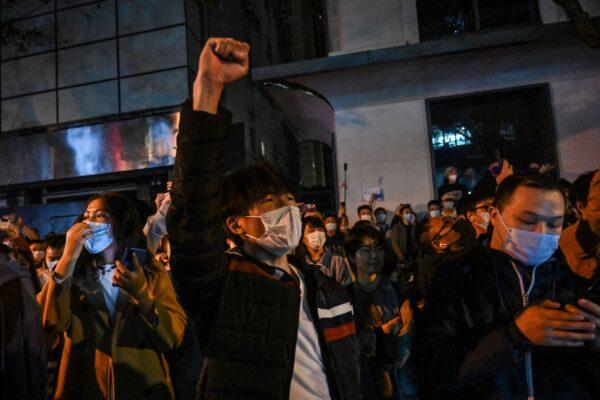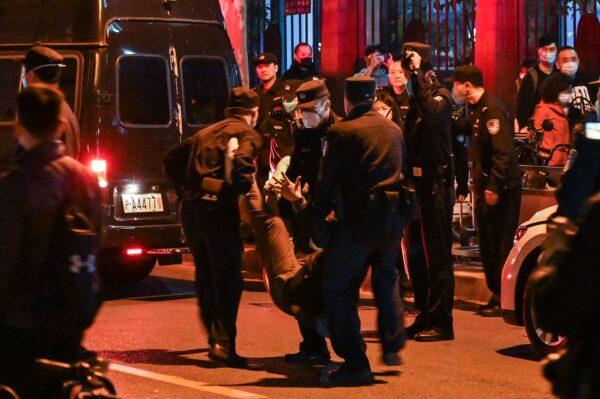Chinese officials initiated the highest level of censorship of the unprecedented protests against the regime’s zero-COVID policy and ramped up curbs on tools used to bypass the nation’s internet control, according to reports, offering a glimpse of how the government is responding to the toughest challenges in decades.
The leaked directive was reportedly issued following a meeting at the Cyberspace Administration of China, the country’s internet regulator, on Nov. 28, during which officials ordered online platforms to initiate “Level I Internet Emergency Response, the highest level of content management.”
“Given the recent high-profile events in various provinces,” information about street protests and related reports from foreign news outlets shared on the country’s internet “must be rapidly identified, dealt with, and reported,” reads the notice, which was first published by a Twitter user under the name Li Laoshi, an aggregator of protest-related information.

With the world’s most sprawling and sophisticated online censorship and surveillance apparatus, known as the Great Firewall, Chinese authorities blocked access to websites from Google to The New York Times. Western social media platforms are also banned in the country.
Curb Access to VPNs
In a separate notice, officials are told to launch a “thorough clean-up” of virtual private networks, known as VPNs, and other tools that people use to circumvent the country’s internet restrictions.The authorities also get platforms to take down videos and other documents explaining how to bypass the firewall, which was called “harmful content” in the leaked notice. It also asked search engines to remove results for related search terms.

China’s censors also suppress comments and images of white paper, now a symbol of defiance after young demonstrators were seen holding up a blank sheet of white A4 paper.
Amid domestic censorship, Twitter, which is blocked from the country’s internet, became a platform for Chinese netizens to share demonstration updates. People use VPNs and other tools to share images and footage of protests taking place across China with the rest of the world.
Last week, police in Beijing asked to inspect travelers’ phones to see if they have VPNs or foreign apps that are blocked in China, according to reports and online videos.
Amid foot patrols and flashing lights from lines of police vehicles, planned protests in Beijing in recent days were reportedly canceled. On Dec. 2, there were few signs of further gatherings.




